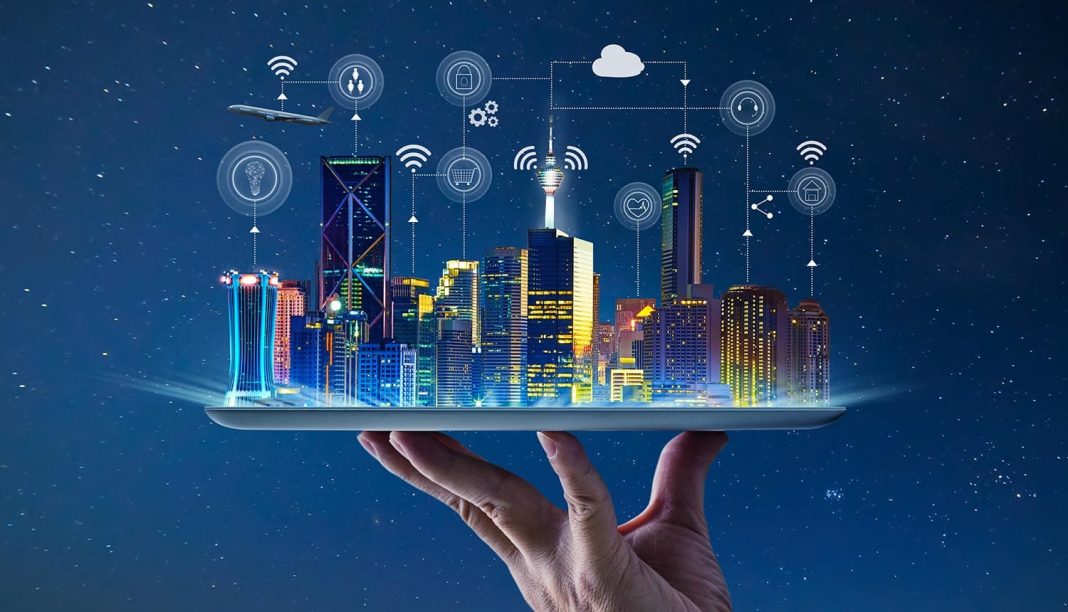The concept of smart cities has transcended beyond the mere deployment of technology in urban spaces to a more holistic approach intertwining technological advancements with social well-being. Once hallmarked by their tech-savvy infrastructure, the evolution of smart cities today involves a more nuanced synthesis of digital innovation and social good, aiming to enhance the quality of life for all citizens. In this comprehensive exploration, we delve into the ways smart cities have evolved to prioritize human and environmental health, economic inclusivity, and communal vitality.
The birth of smart cities was marked by the introduction of systems like traffic sensors, energy-efficient building designs, and automated public services. However, the initial focus on infrastructure and efficiency is now expanding towards a more integrated and human-centered approach. A truly ‘smart’ city is not just interconnected technologically but also socially cohesive and environmentally sustainable.
Integrating Social Fabric with Technological Threads
Smart cities now seek to bridge the gap between technology and social needs by fostering community engagement and participation. Digital platforms are being utilized to connect citizens with local governments, empowering them to voice their concerns and contribute to decision-making processes. For instance, participatory budgeting via mobile apps allows residents to decide how a portion of public funds are used, cultivating a sense of ownership and responsibility.
In Barcelona, the ‘superblocks’ project exemplifies this shift. By reconfiguring traffic patterns, the city has created urban blocks where public spaces are reclaimed for pedestrians, greenery, and community activities, significantly improving urban living standards.
Health and Well-being: A Core Objective
The global pandemic has underscored the importance of health in urban environments. Smart cities are responding with health-centric urban planning that includes extensive networks of bike lanes, walkable neighborhoods, and the integration of healthcare services with technology, making medical consultations and information more accessible. Singapore’s HealthHub is a prime example, offering a one-stop portal for personal health records, telemedicine, and health-related services.
Environmental Sustainability: The Green Heart of Smart Cities
Addressing environmental concerns is at the forefront of the smart city evolution. Technologies such as renewable energy sources, waste-to-energy plants, and water recycling are being integrated into the urban ecosystem. In Copenhagen, the goal of becoming carbon-neutral by 2025 is driving innovation, with the city investing in wind farms, green roofs, and energy-efficient buildings.
Economic Inclusivity: Leaving No One Behind
Smart cities are also focusing on creating economic opportunities for all residents, particularly the underprivileged. Digital tools are being used to support small businesses and facilitate skills training. In Medellin, Colombia, the development of an advanced public transportation system has not only reduced traffic but has also connected marginalized communities to economic hubs, spurring social and economic mobility.
From Data-Driven to People-Driven
The true potential of smart cities lies in their ability to leverage data for the well-being of their inhabitants. Urban data analytics now go beyond optimizing traffic and power usage; they’re used to predict and address urban challenges such as homelessness and public safety. Real-time data analysis helps cities like Los Angeles to deploy services where they are needed most, ensuring that resources are used efficiently and humanely.
The Social Innovation Ecosystem
To maintain momentum, smart cities are fostering ecosystems where businesses, academia, and government collaborate on social innovation. Incubators and accelerators within smart cities are hubs for startups focused on solving social problems through technology, exemplifying the potential for entrepreneurial ecosystems to drive social change.
The Future: Co-Creating with Citizens
Looking forward, the trajectory of smart cities is geared towards co-creation with citizens. As the Internet of Things (IoT) continues to expand, community involvement in the design of smart city initiatives becomes paramount. This approach ensures that technology serves the public interest and that the smart cities of the future are built by the many, not just the few.
In conclusion, the evolution of smart cities reflects a profound shift in focus. It’s no longer just about the smart application of technology, but rather about crafting intelligent, inclusive societies that prioritize the well-being of every citizen. As we move forward, the smart cities that will thrive are those that blend technological innovation with empathy, equity, and environmental stewardship.

